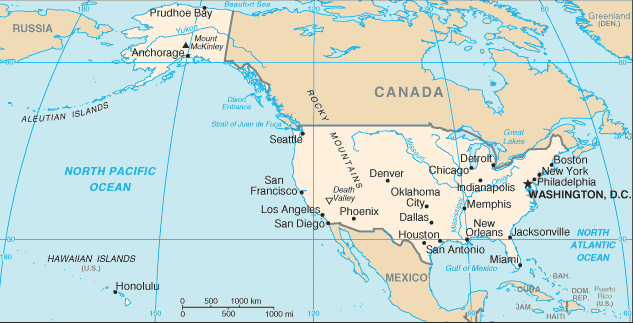Drug policy
The United States articulates a national drug policy focused on reducing illicit drug use, trafficking, drug-related crime, and associated health harms. The Statement of Drug Policy Priorities 2025 frames this approach around three central pillars: reducing overdose fatalities, disrupting the flow of drugs across borders, and leveraging data and innovation to inform evidence-based policy. Internationally, the U.S. remains a party to the global drug control conventions, and its bilateral and multilateral efforts are outlined in the International Narcotics Control Strategy Report (INCSR 2025).
Recent legislative developments reflect efforts to adapt to evolving challenges. The Evidence-Based Drug Policy Act of 2025 (H.R.3082) was introduced to revisit and repeal certain legacy provisions in the ONDCP reauthorization act. At the same time, efforts to reschedule cannabis remain unresolved, underscoring tensions between ongoing state-level legalization and persistent federal restrictions. Meanwhile, the 2025 National Drug Threat Assessment (NDTA) highlights the growing public health threat posed by synthetic opioids, particularly fentanyl, alongside the activities of trafficking networks and shifting patterns in drug supply dynamics.
Treatment and Recovery Services
In the United States, treatment for substance use disorders is delivered across a wide range of settings and incorporates both behavioural and pharmacological approaches. Care is provided in diverse environments, from doctors’ offices and mental health clinics to outpatient, inpatient, residential, telehealth, and community-based programs. A broad cadre of professionals, including counsellors, physicians, psychiatrists, psychologists, nurses, and social workers, play central roles in delivering these services. According to the 2022 N-SUMHSS survey, there were approximately 21,160 eligible mental health and substance use disorder treatment facilities nationwide, reflecting the scale and diversity of service provision. Funding for treatment is multi-tiered, with local, state, and federal governments remaining primary contributors, while private and employer-based health insurance also play an important role in covering the costs of care.
Prevention Services
Prevention initiatives in the United States are implemented through broad collaboration, engaging stakeholders across multiple sectors, including schools, community organizations, healthcare providers, businesses, and faith-based groups. In 2025, the current administration advanced these efforts by announcing a major reorganization within the Department of Health and Human Services (HHS). Central to this plan is the creation of the Administration for a Healthy America (AHA), which aims to consolidate several public health and behavioural health agencies, including SAMHSA, HRSA, OASH, ATSDR, and NIOSH, under a single structure. This reorganization seeks to centralize key administrative functions and may significantly reshape the coordination of prevention and behavioural health efforts nationwide.

